Don't wanna be here? Send us removal request.
Video
sea food
tumblr
In Runaway Bay, Jamaica, there is a floating seafood restaurant…on a raft via @insidertravel - @thegrubfather
10K notes
·
View notes
Video
tumblr







A black 19-year-old girl was punched in the mouth by an officer, bitten by a police K9 and arrested last month after an officer said he mistook her for a 180-pound bald man suspected of threatening people with a machete at a nearby grocery store.
Every single word in this story is shocking. Police officers MISTOOK a 19-year-old girl for a 180 pound bald man, arrested her, let their K9 bite her, threw her in jail and didn’t let her out for 16 hours. Moreover, they only explained a situation to her, when they have already thrown her into the police car. This seems so unreal, however that’s what your life is when you are a black person in America.
Source 1
Source 2
5K notes
·
View notes
Video
tumblr







A black 19-year-old girl was punched in the mouth by an officer, bitten by a police K9 and arrested last month after an officer said he mistook her for a 180-pound bald man suspected of threatening people with a machete at a nearby grocery store.
Every single word in this story is shocking. Police officers MISTOOK a 19-year-old girl for a 180 pound bald man, arrested her, let their K9 bite her, threw her in jail and didn’t let her out for 16 hours. Moreover, they only explained a situation to her, when they have already thrown her into the police car. This seems so unreal, however that’s what your life is when you are a black person in America.
Source 1
Source 2
5K notes
·
View notes
Photo
History


7 Great African Military Leaders Who Repelled European and Arab Oppression
April 4, 2014 | Posted by Jasmine Jacobs
Ras Mengesha Yohannes
Ras Mengesha Yohannes is the founder of one of the two most senior cadet branches of the Ethiopian Imperial Solomonic Dynasty. Defeating the Egyptians in the Battle of Gundet and Gura in 1876, Yohannes fought for Ethiopian sovereignty. His efforts resulted in the restoration of Ethiopia’s right to import weapons and goods. Although Yohannes died in battle, his efforts and military leadership shaped Ethiopian history and restored their economic powe
242 notes
·
View notes
Photo
To much eatable sneakers sushi




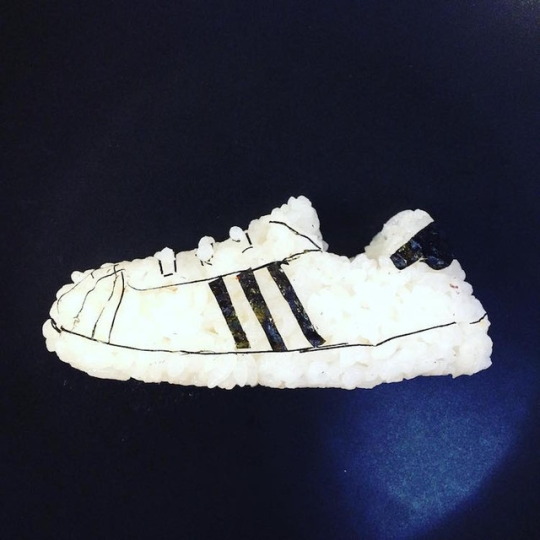
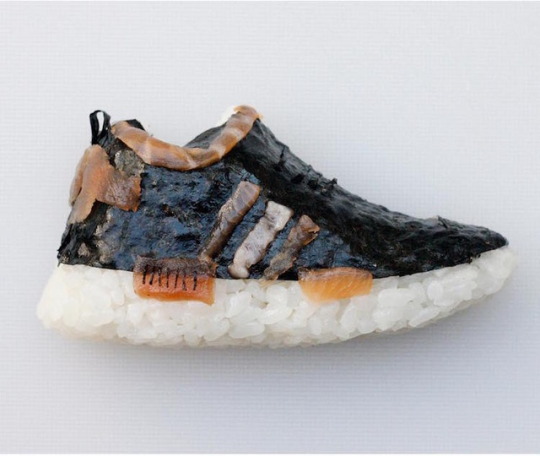
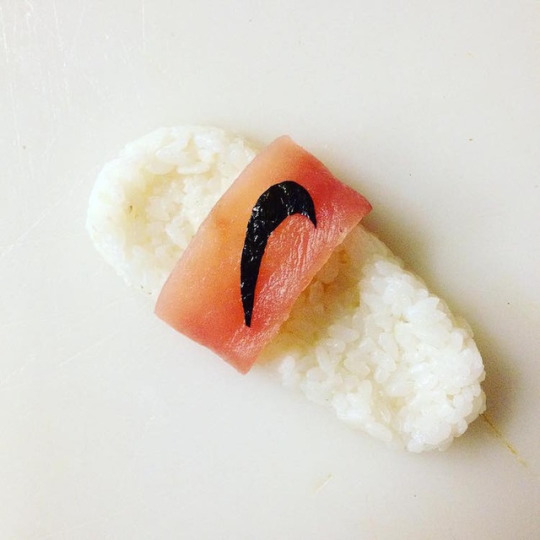



Chef Who Makes Edible Piece of Art: Sushi Shoes
Yujia Hu, a Chinese chef born in Italy and now based in Milan, has combined food and fashion together in a beautiful blend to present the world with his latest culinary creations, sushi shoes.
Keep reading
92K notes
·
View notes
Photo
My favorite
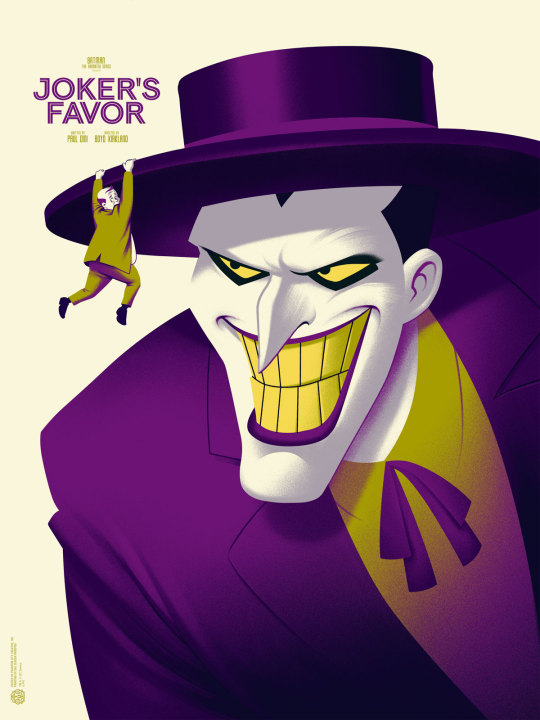
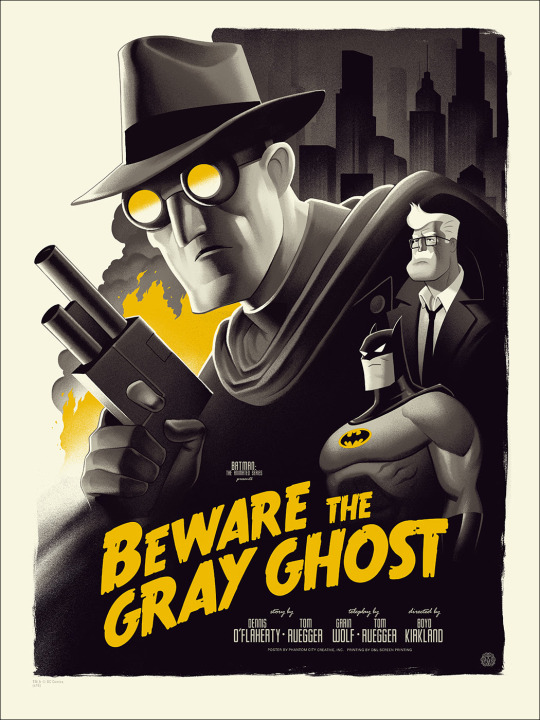

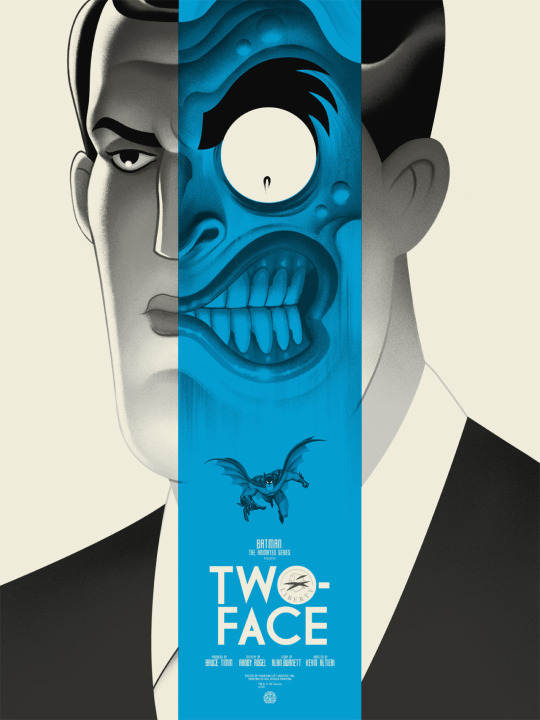
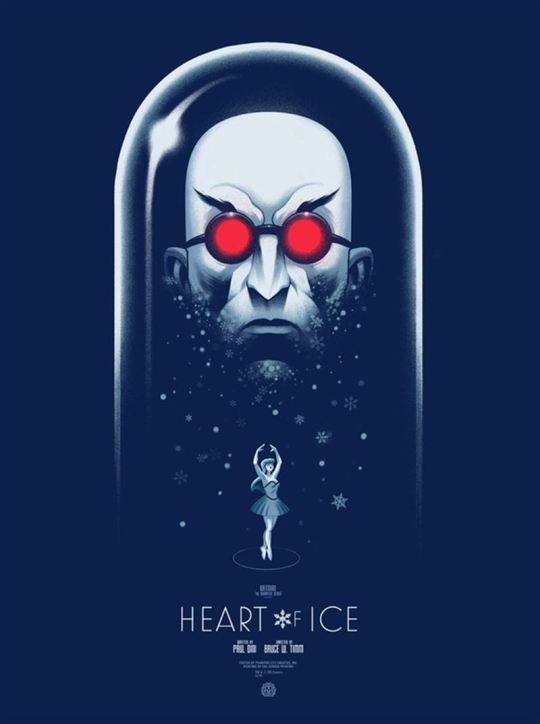


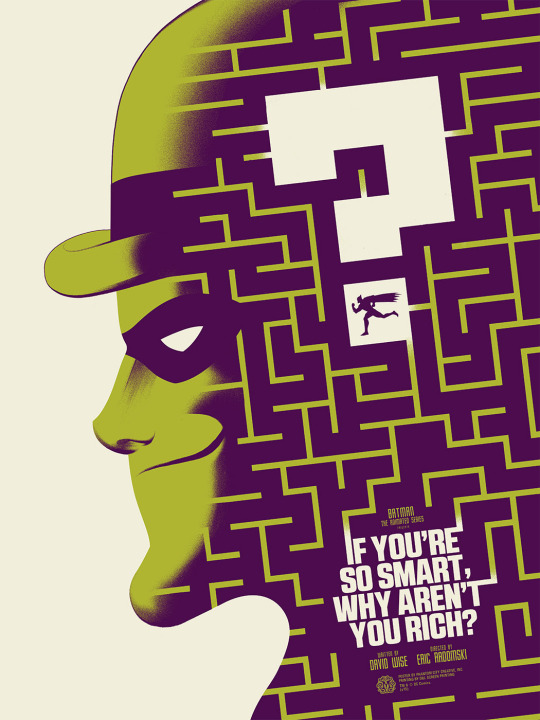


Batman The Animated Series posters
Created by Phantom City Creative
44K notes
·
View notes
Photo
Got to have this










BLACK HERCULES white people Are Liars!!!
by GuddaX
The name Hercules can be traced back to the Black African people of ancient Ethiopia and Egypt who had conceived of a mighty saviour named Heru. Consequently, this title was also conferred upon Egyptian Pharaohs who were famous for their courage and pursuit of justice. The ancient Greeks who were taught and civilized by African teachers adopted the words Horus, Hero, and Heracles as derivatives.
During ancient times the African concept of Heru spread from Waset (Thebes) in Egypt to the British Isles, Scythis, the Indies, Ireland, Germany and beyond, encompassing other parts of the world. Heru (Heracles) as a title was bestowed on those African men and women who displayed qualities of behaviour that promoted truth and nobility. The criteria and process for electing an individual as a living Heru or Hercules was later copied by Europeans. The Greek Heracleses were Black men, as were the ancestors of Greek culture.
The training of the Hercules and the Amazon Queens consisted of extensive education to prepare them for arduous tasks. Hercules and the Amazon Queens were not only mighty because of their physical power and beauty; they also held skilled occupations as lawyers, engineers, lawgivers, professors and so on. It was the desire of these pioneers of African civilization to push culture to the European territory.
What is known today is that body building, power lifting, weight training, physical fitness, mental training and spiritual development originated in Africa before 3400 B. C., in other words, African people had set the standards for moral, physical and spiritual perfection. The twelve labours of Hercules were difficult and arduous tests for kingship or to become a champion of the African people. Thousands of years later in Africa, those same tests were used to determine the African youth’s rights to receive the privileges of manhood and marriage. The mystery schools of the Greeks received these standards of tests from Ethiopia and African Culture.
The Greek historians Herodotus, Diodoros, and others, clearly stated that Hercules was an Egyptian god from “time immemorial”, according to Herodotus’ submission in the 5th century B.C., whereas Diodoros, in the 1st century B.C. wrote that originally “Herakles” was a man.
Despite contradictory beliefs, those Greek historians had to have known about Hercules, since they had the advantage of talking directly to the Egyptian priests. His laborious and tireless activities used in clearing the earth of wild beasts caused Hercules to be seen by the grateful Egyptians as a representative of the sun-god Ra. It is very unlikely therefore that Hercules was Germanic, because 20,000 years ago Northern Europe was covered with sheets of ice, so the conditions of the Ice Age would not have been in keeping with Hercules wearing only a lion skin and clearing the earth of any wild beasts. Thus, we can dismiss the comic books, movies, and animated Disney television series depicting Hercules as anything other than a Black African.
Hercules then, from conception to realization in historical figures, was started in Africa by Black African people, therefore those of the African Diaspora need to reclaim this heroic and uplifting archetype and symbol of Divine Strength which was stolen from them by the Eurocentric supremacists, and which we have unfortunately forgotten.
The Egyptians had conceived of the original Heracles as representing a variety of Natures’ forces and not as an actual human incarnation. The Greeks, upon seeing the more ancient Hercules Archetypes in ancient Egyptian temples, acknowledged them as Heracles (Hercules).
The Egyptian Heracles was said to have various manifestations which are spiritual as well as natural forces like Khonsu (Lunar Deity), the multiple forms of Heru and or Harpokrates (Solar and Martian Deities), Khnum (also called Herishef), Shu (Air, Mars, and Sun Deity), and Gom (Lion-Headed Deity of the Sun and Strength) to identify a few.
Herodotus confirms that Heracles (Hercules) was originally known as Shu, the Egyptian god who helped Re to defeat the adversaries who had threatened the cosmic order. Shu (Onuris) was a member of the Ennead that consisted of the 12 Egyptian deities, from which the Greeks fashioned their idea of the 12 Olympian gods.
Shu is the air god who separated the sky (Nut) from the earth (Geb), and who lifts and holds the heavens over his head like a cosmic weight lifter. Shu was represented by the Egyptians in their own likeness as a black man, a powerful warrior, and member of the Heliopolitan Ennead.
The chronological history of the well known versions of Heracles (Hercules) during ancient history is highlighted on page 201 by the writer of Herodotus Book II Alan B. Lloyd as follows.
1. The Egyptian Herakles is the most ancient. 2. The Tyrian Herakles is next, having a temple that existed in 2700 B.C. 3. The Thasian Herakles’ temple which existed 5 generations before the Greek Herakles, son of Alcmene and Amphitryon. Note that the Greek Herakles was a black man.
Thebes in Egypt is the original Thebes where the Egyptian Heracles was born and raised. The ancient Greeks named this city Thebes, Thebai , Thisbe and Thespai but the black people called their city Waset, which was the home of Heracles for many hundreds of years the centre of religious and political power in the Egyptian Empire, and was also the capital of this nation throughout most of its ancient history. Now the Greeks, seeking to establish a place for their Greek Heracles took the name they assigned for Waset, the original ‘Thebes, and named one of their own Greek cities ‘Thebes’.
Thoth (Tehuti) was known in ancient Egypt as the Canopic Hercules of which the historical and legendary figure Imhotep was said to be a living incarnation, and whom the Greeks worshipped as Ascepulapius. The Greek Heracles is strongly patterned after this ancient Egyptian and his black predecessors.
Homer wrote this verse, “Black he stood as night, His bow uncased, his arrow strung for flight,” to describe the legendary first world hero known as Hercules, the African world teacher who left a legacy of goodwill that was emulated by his successors.
Herodotus wrote about Hercules in name and in concept as being Ethiopian and Egyptian in origin. Hercules was called Hr k3 during the 2nd century B.C. which means that he is: the human incarnation of human creative energies, dynamic human potential at work, as heavenly productive powers, and as the power of positive miracles.
Hercules’ origins in Africa came forth as inspiration in the development of schools, where in Ethiopia for example, such schools were established for the training of the mind, body and will. This concept eventually spread to Egypt, the Middle East, India, Ireland, and other places in Europe.
In every era and in various countries, men and women trained and educated themselves to help humanity, and stories of their great deeds have come to our present age as legends. However, myths behind the stories contain elements of historical events.
The Greek Hercules was developed by stories about the Egyptian Hercules who was a composite
426 notes
·
View notes
Photo
Must save









Debunking the Myth of the “Angry Black Woman”: An Exploration of Anger in Young African American Women
J. Celeste Walley-Jean
From: Black Women, Gender & Families
Abstract:
Research on anger in African American females is lacking yet extremely important. The stereotype of the “angry black woman” has dominated society’s view of African American females; however, empirical evidence supporting the stereotype is nonexistent. In an effort to empirically test the misperception of African American women as overly angry or aggressive, this project explored the experience of anger in seventy-six African American women and compared it to a reference group (i.e., the normative sample of the measure used). Participants completed the State Trait Anger Expression Inventory-2 (STAXI-2). On most of the scales of anger of the STAXI-2, there were no significant differences between the current sample and the normative sample. Notably contrary to the widespread image, African American women in both age groups reported significantly less frequent angry feelings in situations where they may receive criticism, perceived disrespect, and negative evaluations (i.e., angry reaction). Furthermore, younger women reported a greater tendency to experience and suppress intense angry feelings rather than expressing them either physically or verbally. Summarily, results of the current study provide initial empirical evidence disconfirming the stereotype of the “angry black woman.”
75 notes
·
View notes
Photo
Love this








Bob Marley Mausoleum (Nine Miles, St. Ann: Jamaica) tour takes you through the house Bob lived in and the final resting place of Robert Nesta Marley. You will get to stand on ‘Mount Zion Rock’ where Bob used to meditate and rest his head on “the pillow” made famous in the song ‘Talking Blues’. Finally, walk through the mausoleum, which is the final resting place of the King of Reggae.
1K notes
·
View notes
Photo
So true




John Henryism and the Life-Threatening Stress Affecting Black People in America
In America, black people are two to four times more likely to develop heart-related problems by age 50, and systemic racism may be to blame.
Last year, two black men, Mike Brown and Eric Garner, were both murdered by white police officers. Their killers were both separately acquitted by two separate Grand Juries. In Cleveland, Tamir Rice, a twelve year old boy, was killed by a white police officer responding to a dispatch call “of a male sitting on a swing and pointing a gun at people” in a city park. Rice was playing with a toy gun; he was fatally shot on sight. In South Carolina, in April of this year, Walter L. Scott, a fifty-year-old black man, was shot at seven times by a police officer after being chased in a park, handcuffed as he lay dying, and later planted with a taser gun. More recently, Freddie Gray was arrested in West Baltimore. By the time he arrived at the police station, a half hour later, he was unable to breathe or talk. He died a week later from spinal injury wounds inflicted while he was in police custody.
Since these deaths come up every time another unarmed black man is killed, they are familiar to us. Every story about police violence invokes these deaths because it has to: It has to prove that this obscenely demonstrable reality is, in fact, real. The stories we have to repeat are horrifying; the statistics, perhaps, are even worse. In 2015 alone, over 700 people have been murdered by police officers so far, with black people more than twice as likely to be killed.
In a society where black people are murdered, discriminated against and disenfranchised as part of quotidian reality, but where white people are unwilling to discuss the effects of racism—" I don’t see color,“ “You’re being too sensitive,” “That’s reverse racist!“—racial fatigue is a common sentiment for people of color. The fatigue, however, is not just mental: According to the theory of John Henryism, which was coined by Professor Sherman James of Duke University, the pressures of systematic racism can harm the body as well, making it significantly more susceptible to both depression and heart-related disease.
Black people in the United States are two to four times more likely to develop hypertension and other heart-related problems by age 50. In a phone interview, James explained that John Henryism is a “synonym for the determination of black Americans that engage, on a day-to-day basis, with life stressors.” The experience of John Henryism is specific to the dehumanization that people of color—in this case specifically, and exponentially, black people endure in a racist society.
Sherman James grew up in the South, where, according to him, he “suffered all the restraints and insults of trying to live out one’s life in the segregated south.” He was a college student from 1960 to 1964, and he graduated just three weeks before Lyndon Johnson signed the Civil Rights Act. As he puts it, he was “a child of the modern civil rights.” Fittingly, during his time at school, James became fascinated by the discrepancy between the physical and mental health of black people and white people.
The story of John Henry The fact that Professor James decided to call this condition John Henryism is particularly meaningful. The name “John Henry” didn’t just belong to the retired black farmer he had the honor of meeting. It was also the name of a folkloric character, known throughout the South as the “steel driving man,” who was said to have extraordinary physical strength and endurance. As the legend goes, he collapsed and died after overworking himself one day. There’s a song about him with the following lyrics: “John Henry was a steel drivin’ man/He died with a hammah in his han’/The steam drill was on the right han’ side/John Henry was on the left/Says before I let this steam drill beat me down/I’ll hammah myself to death/I’ll hammah myself to death.”
152 notes
·
View notes
Video
One love
tumblr
Just another day in Jamaica !
4K notes
·
View notes
Video
Damnn don't Matter
Have you seen the new #United commercial? Thank you internet. 😂
173 notes
·
View notes
Photo
Wow

When an assisted living home in California shut down, many of its residents were left behind, with nowhere to go. The staff at the Valley Springs Manor left when they stopped getting paid — except for cook Maurice Rowland and Miguel Alvarez, the janitor.
“There was about 16 residents left behind, and we had a conversation in the kitchen, ‘What are we going to do?’ ” Rowland says. “If we left, they wouldn’t have nobody,” Alvarez says.
Their roles quickly transformed for the elderly residents, who needed round-the-clock care. “I would only go home for one hour, take a shower, get dressed, then be there for 24-hour days,” says Alvarez.
Rowland remembers passing out medications during those long days. He says he didn’t want to leave the residents — some coping with dementia — to fend for themselves. “I just couldn’t see myself going home — next thing you know, they’re in the kitchen trying to cook their own food and burn the place down,” Rowland says. “Even though they wasn’t our family, they were kind of like our family for this short period of time.“ [x]
Alvarez and Rowland spent several days caring for the elderly residents of Valley Springs Manor until the fire department and sheriff took over. The incident led to legislation in California known as the Residential Care for the Elderly Reform Act of 2014.
(Fact Source) For more facts, follow Ultrafacts
128K notes
·
View notes

















